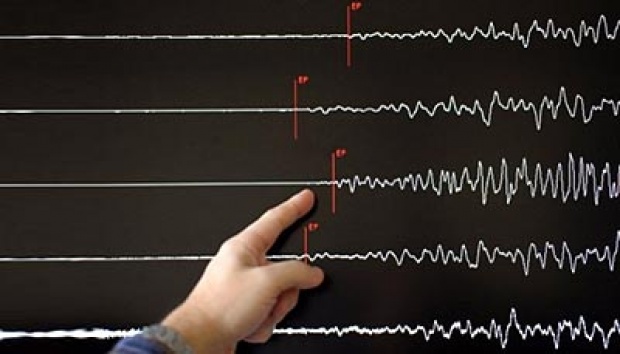
TEMPO.CO, Bandung - The earthquake that struck East Flores on the early hours of Wednesday, August 24, 2016, is considered a deep-focus earthquake - a rarely encountered phenomenon as the epicentre of the earthquake is located at a depth of 537 kilometres.
"There are a lot of questions that remain unanswered to this day about what causes the phenomenon and its' impact," said the Head of Earthquake and Tsunami Mitigation for the Meterology, Climatology, and Geophysics Agency (BMKG), Daryono on Wednesday, August 24, 2016.
It was first reported at 02:39 Western Indonesia Time (WIB), that there were a significant undersea tectonic movement across the East Nusa Tenggara (NTT) Archipelago. According to BMKG's observation, the earthquake measures at 6.1 on the Richter Scale (SR), while the epicentre is located in the Flores Sea - 105 kilometres northwest of East Flores. What puzzled BMKG, was that the epicentre of the quake is reported to be located at a depth of 537 kilometres beneath the seafloor.
The earthquake was felt as far as Waingapu, Maumere, Ende, Alor, Sabu and Kupang - where the earthquake registered at II and/or III on the Modified Mercalli Scale (MMI). "That said, the earthquake triggered no tsunami warning, and has no known destructive force," said Daryono through a press released received by Tempo.
Earthquakes whose epicentre is located beyond 300 kilometres beneath the continental floor in the Flores Seas is considered an interesting phenomenon because of the rarity of such event. Tectonically speaking, said Daryono, the East Nusa Tenggara Archipelago is located in a subduction zone where two continental plates meet. "In this region, the Indo-Australian plates subducts beneath the Eurasian plate - down to a depth of 625 kilomentres," he said.
To date, scientists continue to be puzzled by the occurrences - and explanations have included the chemical decomposition of rocks and minerals when subjected to extreme temperatures and pressures commonly observed in the earth's crust.
Other theories explained that tectonic plates that have subducted beyond 410 kilometres below the crust will experience a slab pull - while the tectonic plate that 'slips' beyond the former to a depth of 600 kilometres will experience some degree of slab buoyancy. Both forces causes the plates to grind - and a slide and/or fissure may indeed cause an earthquake.
According to Daryono, considering the depth of the earthquake's epicentre, the slab-pull/slab-buoyancy theory is a more plausible theory that could be used to explain the incident in East Flores.
The East Nusa Tenggara island chain is often struck by earthquakes - most notable the Sumba Earthaquakes which occurred a few months ago, where earthquakes were reported almost every day.
Several days prior to the East Flores earthquake on Wednesday, a smaller earthquake measuring at 3.6 SR was reported on Sunday evening, August 21, 2016 at 21:51 Central Indonesian Time (WITA).
Recently, a series of earthquake struck the island of Sumba between August 14 and 15, 2016 - where three earthquake measuring at 4.1 SR, 2.7 SR, and 4.0 SR struck almost consecutively in the period of two days.
ANWAR SISWADI























